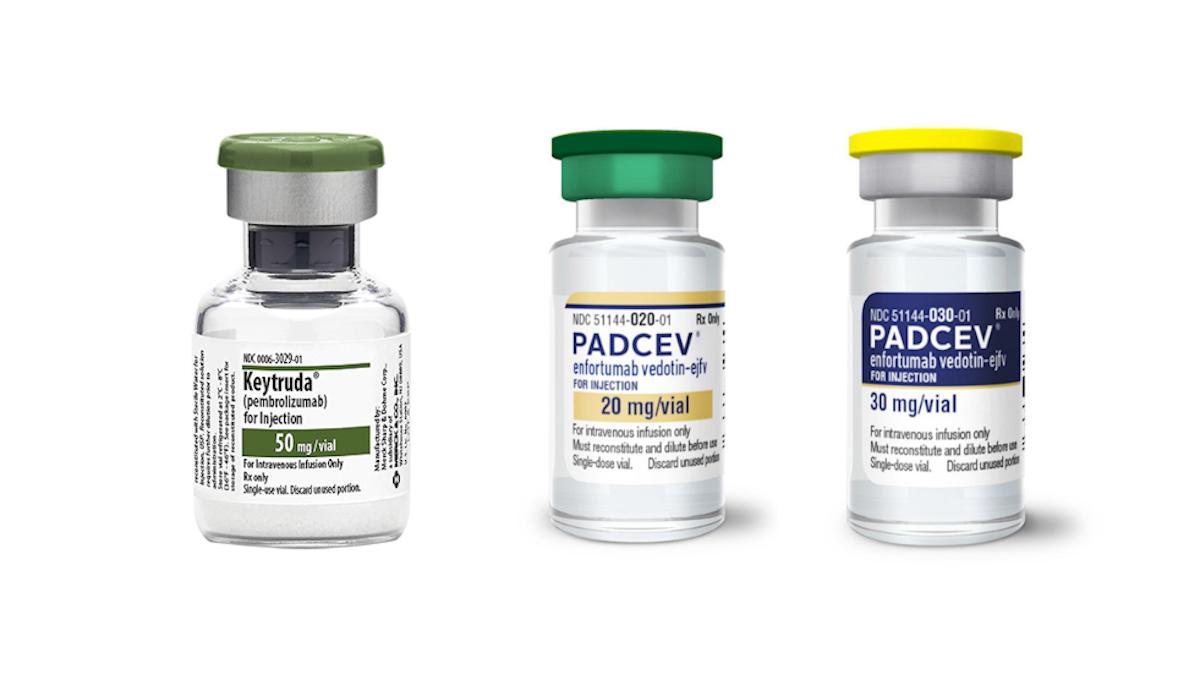J&J's Balversa is first pan-FGFR bladder cancer drug in EU

Johnson & Johnson's Balversa has become the first drug approved in the EU to treat adults with advanced urothelial carcinoma (mUC) with FGFR3 genetic alterations after one line of prior therapy.
The green light from the European Commission comes a few months after pan-FGFR inhibitor Balversa (erdafitinib) was cleared for the same indication in the US, with a different label than the drug had when it was granted an early, accelerated approval by the FDA in 2019.
As in the US, the EC has said that Balversa can be used as a once-daily monotherapy in patients previously treated with a PD-1/PD-L1 inhibitor, now a first-line therapy of choice of mUC, the most common form of bladder cancer.
Previously, the FDA cleared the drug for patients with FGFR2 alterations, and it could also be used for post-chemotherapy patients, regardless of whether they were eligible for anti-PD-1/PD-L1 therapy. The full US approval was wider in one respect, however, as it made Balversa an option broadly as a second-line therapy while it was previously only labelled for post-chemo use.
Bladder cancer saw few therapeutic advances for decades until the advent of checkpoint inhibitor therapy with PD-1/PD-L1 inhibitors, several of which are approved for either first- or second-line treatment of mUC.
The EU approval of Balversa is based on a subgroup of patients from the phase 3 THOR study, which compared the drug to chemotherapy in patients with advanced or mUC with FGFR alterations who had progressed on or after one or two prior treatments, at least one of which included an anti-PD-1/PD-L1 drug.
In the Cohort 1 group, J&J's drug reduced the risk of death by 36% compared to chemo, with a median duration of survival of 12.1 months and 7.8 months, respectively. The study was also supposed to recruit FGFR2-altered mUC patients, but this is vanishingly rare and no subjects with that form were recruited into the trial.
A second subgroup (Cohort 2) compared Balversa to MSD's Keytruda (pembrolizumab) in patients who had not previously been treated with a PD-1/PD-L1 inhibitor, but J&J's drug wasn't able to show an improvement in overall survival. As a result, the company is positioning its drug as an option for patients who still need treatment after immunotherapy.
J&J, meanwhile, is also testing Balversa in the THOR-2 study, which is comparing the drug to the investigator's choice of intravesical chemotherapy in patients with high-risk non–muscle-invasive bladder cancer (NMIBC).
Interim results reported at last year's ESMO congress revealed a 72% reduction in disease recurrence or death with erdafitinib, although tolerability was a problem, with a third of patients having to discontinue treatment with the drug.
Approval in that indication could help the drug achieve $1 billion-plus sales, according to J&J, although the drug still has a long way to go as sales are not high enough to be broken out in J&J's quarterly financial reporting.












